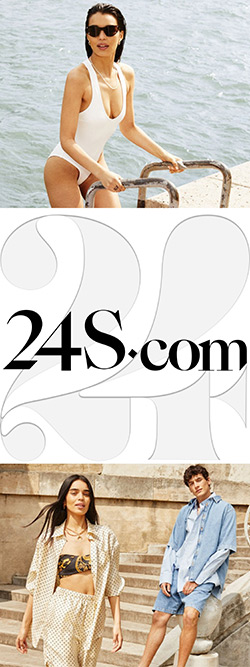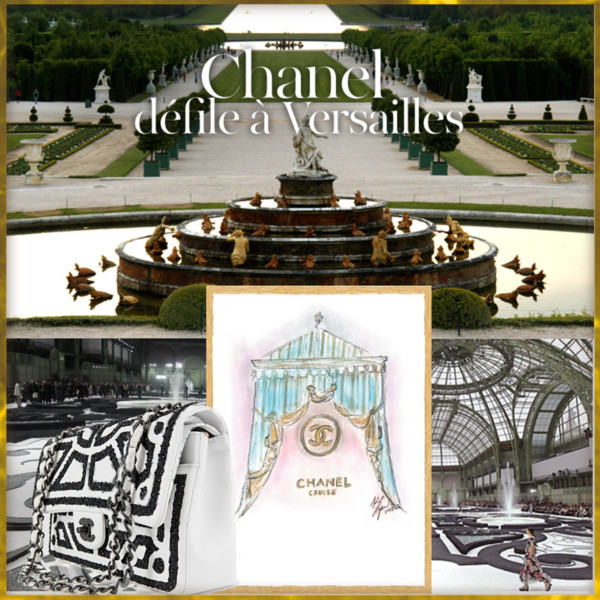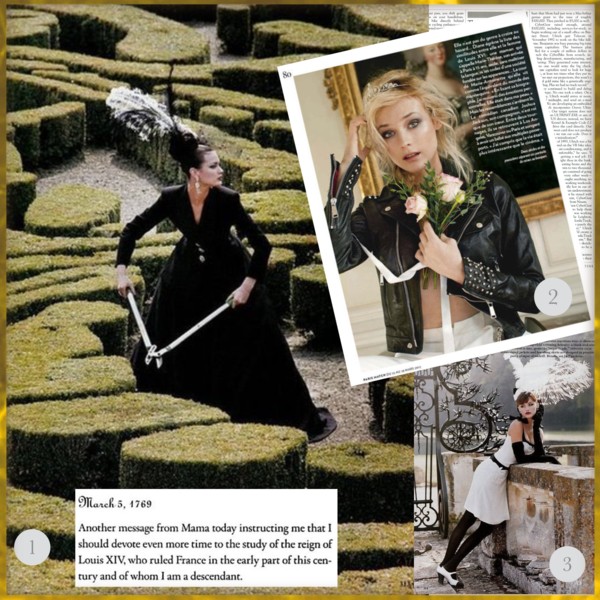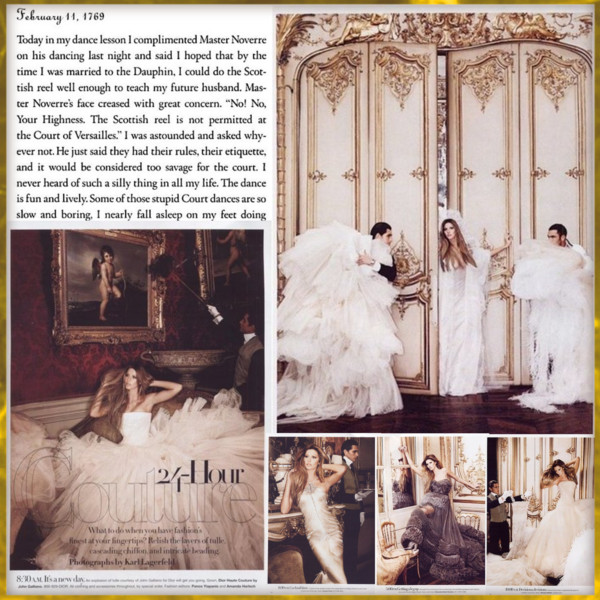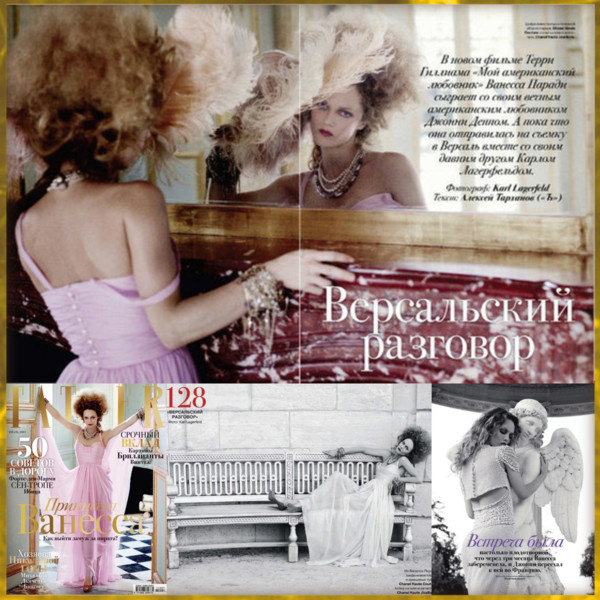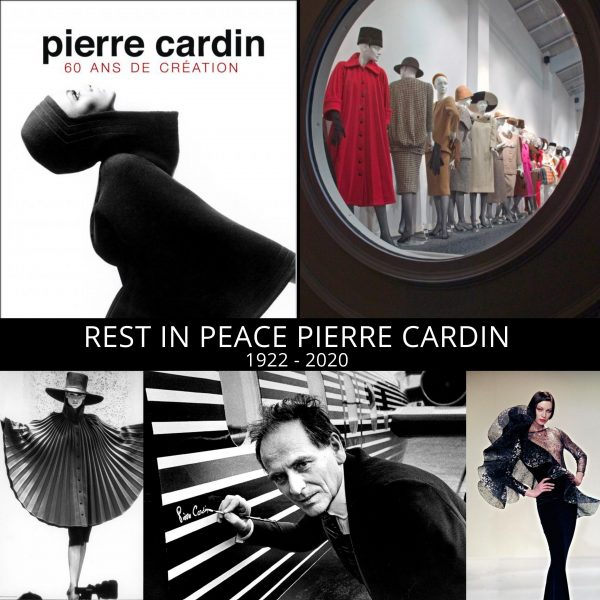
French couturier Pierre Cardin died at the age of 98 on December 29, 2020 in Paris. He became famous for his 1960s-era avant-garde and Space Age looks, pioneering fashion ready-to-wear and the fashion licensing system. He sold everything from cars, perfume to food with his name and maintained that he built his business empire without ever asking a bank for a loan. This made him rich but also diminished his brand’s reputation at the same time.
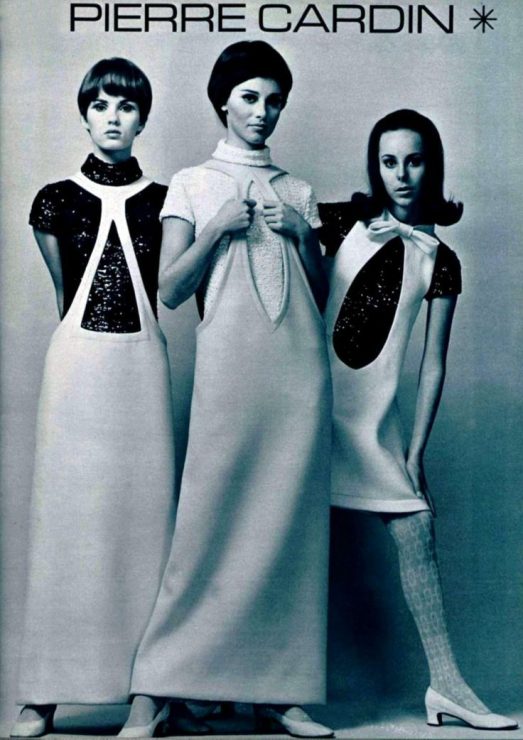
In 1995, quotes from WWD included «Pierre Cardin—he has sold his name for toilet paper. At what point do you lose your identity?». However, the Cardin name was still very profitable, although the indiscriminate licensing approach was considered a failure. All these things that we know today, Armani hotels, Cartier chocolate, Dior Vespas, Gucci sunglasses is based on the imagination of Cardin. He was a marketing genius and saw this endless merchandising potential at a very early stage.
 A scandal: He presented his first ready-to-wear collection for women in 1959 at Printemps departments store in Paris.
A scandal: He presented his first ready-to-wear collection for women in 1959 at Printemps departments store in Paris.
Spanning a 60-year career, Cardin was the first designer to sell clothes collections in department stores in the late 1950s. «It’s all the same to me whether I am doing sleeves for dresses or table legs,» a telling quote on his website once read. His competitors criticized him for destroying the notion of luxury which didn’t affect Cardin at all.
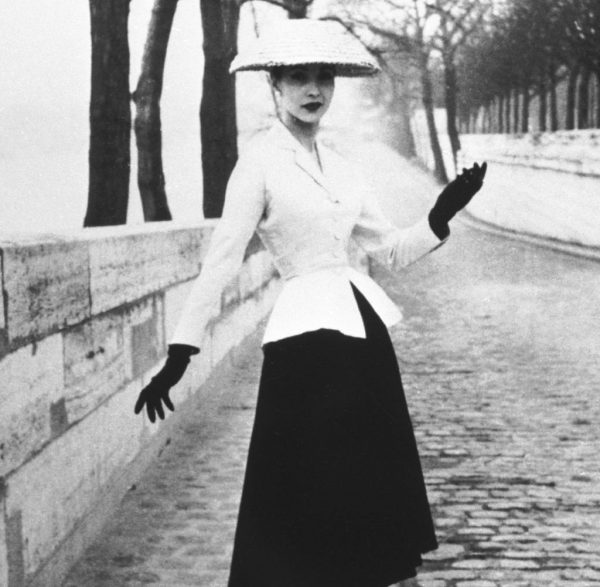 Dior’s famous New Look success created by Christian Dior and Pierre Cardin.
Dior’s famous New Look success created by Christian Dior and Pierre Cardin.
Born Pietro Cardin on July 2, 1922 near Venice to French parents of Italian descent, he was educated in the not-so-glamorous French city of Saint Etienne. From an early age, he was interested in dressmaking, starting work at age 14 as an apprentice even though his father wanted him to become an architect. He moved to Paris in 1945, where he studied architecture and worked with the fashion houses of Paquin and Elsa Schiaparelli. A year later, he joined the then-unknown Christian Dior who rose to fame with his 1947 New Look collection.
 The famous bubble dress in 1954.
The famous bubble dress in 1954.
In 1950, he founded his own fashion house and only four years later, he introduced the iconic «bubble dress», a short-skirted, bubble-shaped dress made by bias-cutting over a stiffened base. He was the first couturier to turn to Japan as a high fashion market when he travelled there in 1957. That same year, he was expelled from the Chambre Syndicale for launching a ready-to-wear collection for the Printemps department store as the first couturier in Paris to do as such, but was soon reinstated. In 1966, he resigned himself and began showing his collections in his own venue, the «Espace Cardin» (opened 1971) in Paris, formerly the «Théâtre des Ambassadeurs».
 Pierre Cardin in 1970 in front of the Espace Cardin.
Pierre Cardin in 1970 in front of the Espace Cardin.
He also blazed a trail outside France long before other fashion multinationals in search of new markets. In 1979, he went to China to presented a collection when it was still largely closed to the outside world. And only two years after the Berlin Wall came down, in 1991, he staged a fashion show in Red Square in Moscow before 200,000 people, a first in Russian history.
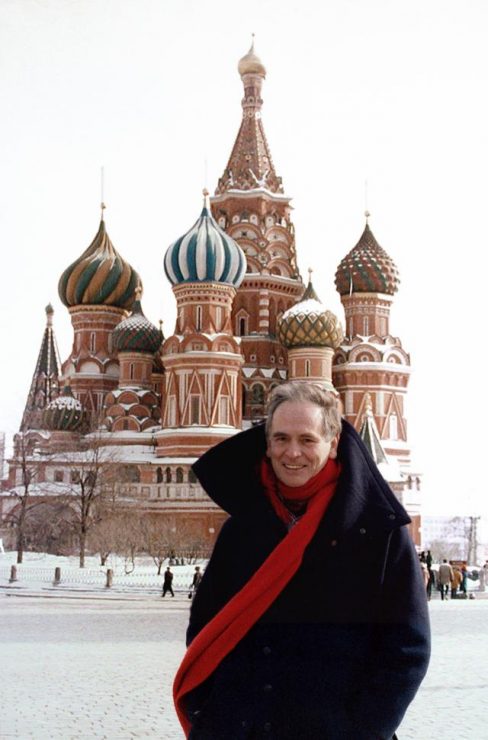
In 1975, Cardin opened his first furniture boutique on the Rue du Faubourg Saint-Honoré. His furniture designs were highly inspired by his fashion designs. In both 1977 and 1979, he was awarded the Cartier Golden Thimble by French haute couture for the most creative collection of the season.
 In 1974 he became the first couturier to be on the Time magazine’s cover. He was 52 at that time.
In 1974 he became the first couturier to be on the Time magazine’s cover. He was 52 at that time.
In 1975, Cardin opened his first furniture boutique on the Rue du Faubourg Saint-Honoré. His furniture designs were highly inspired by his fashion designs. In both 1977 and 1979, he was awarded the Cartier Golden Thimble by French haute couture for the most creative collection of the season.
 Maxim’s restaurants are part of Cardin’s portfolio.
Maxim’s restaurants are part of Cardin’s portfolio.
In 1981 Cardin bought Maxim’s restaurants in 1981 and soon opened branches in New York, London, and Beijing. A chain of Maxim’s Hotels (Palm Springs, California, 1986) were included in the assets. He also licensed a wide range of food products under that name.
 Palais des Bulles
Palais des Bulles
Like many other designers today, Cardin decided in 1994 to show his collection only to a small circle of selected clients and journalists. After a break of 15 years, he showed a new collection to a group of 150 journalists at his bubble home in Cannes, the so-called Palais des Bulles, woven into the cliffs on one of the most exclusive strips of the French riviera.
 Pierre Cardin and Pierre Courtial in February 2020
Pierre Cardin and Pierre Courtial in February 2020
For his latest venture in February this year he teamed up with Pierre Courtial, 27, who unveiled a collection at Cardin’s studio on Paris’s chic Rue Saint-Honore, with pieces that echoed some of the veteran designer’s geometrical aesthetics.
 Pierre Cardin in 1950
Pierre Cardin in 1950
«I’ve always tried to be different, to be myself,» Cardin told Reuters. «Whether people like it or not, that’s not what matters.» He also defended his zeal for licensing in an interview with the Wall Street Journal: «I don’t want to end up like Balenciaga and die without a nickel – then, 20 years after I’m dead, see others make a fortune from my name.»
Rest in Peace Pierre Cardin!
LoL, Sandra
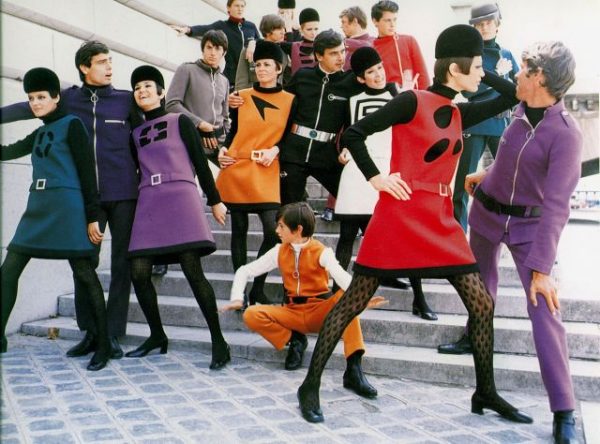
Photos: © Pierre Cardin


